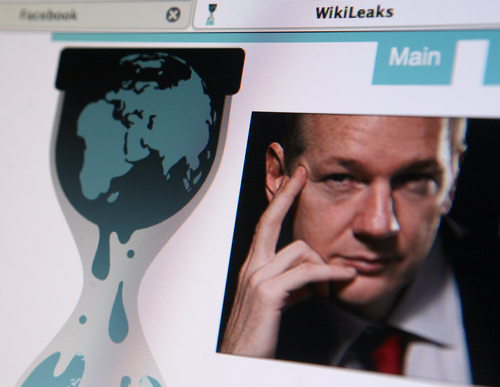In the last two years, we have seen big hits to the brands of Toyota, BP and basically every bank in existence. Reputation risk has been an increasingly large concern reported by top execs on surveys since around 2005, but aside from improving crisis response and, maybe, buying insurance to recoup some losses, there are not a ton of clear-cut ways to manage such a nuanced, nontraditional exposure. (This article from our Risk Management magazine, “The Importance of Reputation,” offers some additional advice.)
We can now add one more company to the list: Johnson & Johnson. A recent New York Times article details at how the formerly Teflon brand on Johnson & Johnson has been struggling since its massive recalls.
Little red flags jut out from the shelves at a CVS drugstore in suburban Boston, alerting shoppers to shortages of nearly a dozen Johnson & Johnson products. Among them are Motrin, Rolaids, children’s Tylenol liquid and adult Tylenol, Mylanta, Pepcid AC and even some Neutrogena skin care products.
“Looking for Tylenol pain relief products?” asks one of the signs. The notices at CVS serve as a stark reproof to Johnson & Johnson, whose brands have for more than a century been synonymous with quality.
In the drug business, Johnson & Johnson will not just face lower sales. Their products will now have to compete with the similarly effective generic alternatives that are usually cheaper. The Johnson & Johnson brand used to demand a premium because people trusted it to be safer than store brands. The importance of that trust — particularly trust from parents — to the company is hard to overstate.
What will happen if it becomes frayed?
While the drugstore signs that helpfully suggest “Try CVS/pharmacy brand” are intended to assist frustrated shoppers in identifying alternatives to missing brand-name products, they also serve as constant reminders of another of J.& J.’s continuing problems: It must persuade millions of disappointed customers to once again pay a premium for products that may no longer seem to be of any higher quality than the less expensive store brand.
“I don’t even consider buying them any more,” says Thien-Kim Lam, a mother of two and a blogger in Silver Spring, Md.
Anyone have any suggestions for Johnson & Johnson?


